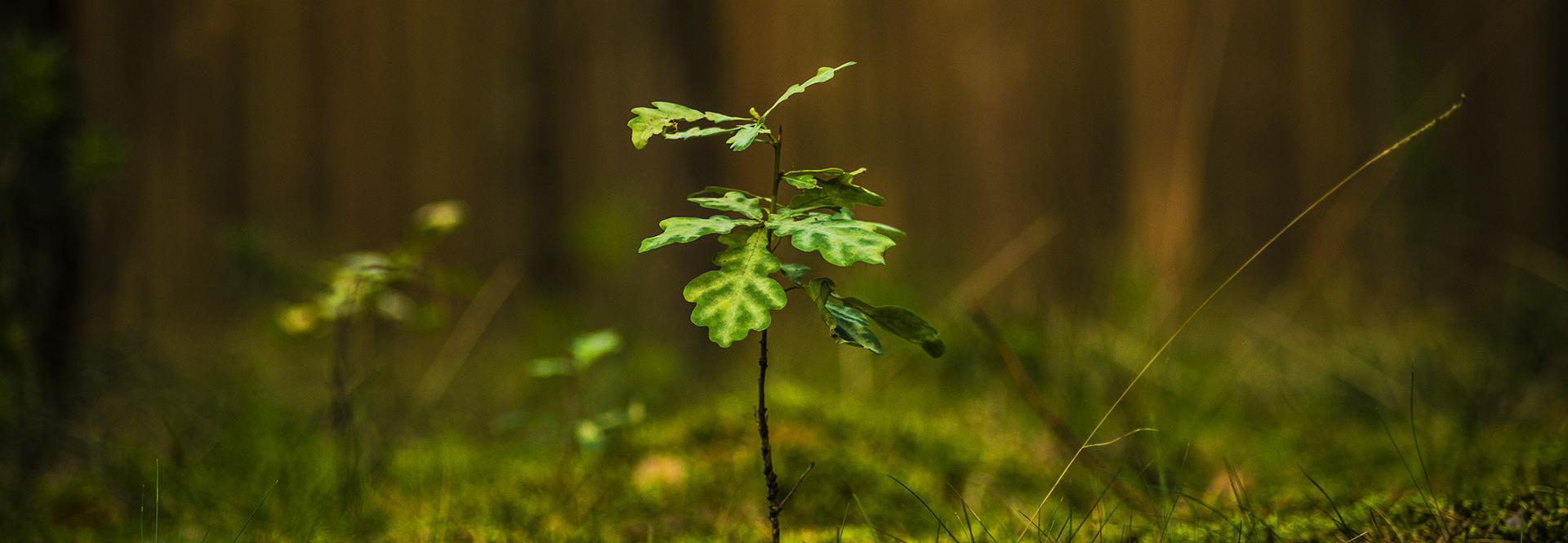“Tree planting has become a popular proposal for fighting climate change – but if we really want to save the planet, we should use more wood”
Over the last few months, momentum has built around a new method of battling climate change: planting more trees. The reason is simple – trees absorb carbon from the air and expel oxygen. This is all well and good, but what should happen to those trees? A few decades ago, when the world was rife with deforestation, it was a commonly held view that all cutting down of trees was bad news for the environment… today, we know better. And the general public should too.
Depending on tree species, timber is almost 50% carbon, by weight. What this means is that wood acts as a carbon capture and storage device. In other words, the carbon that a tree takes out of the atmosphere does not re-enter it when the tree is cut down… it is stored in the wood indefinitely. It stands to reason, then, that the more wood we can produce, the more carbon can be sequestered. How can we increase the amount of wood we produce? By using it of course!
As we plant new trees in sustainable forests, the world can continue to receive the benefits of oxygen production. But by harvesting and using trees as they age, then planting new ones, we can increase the amount of carbon stored. It’s a win-win – and that’s before we even consider the positive effects wood has on mental health and the environment. Wood, after all, is biodegradable – unlike metals and plastics.
So, there’s no ambiguity – despite what many people were taught decades ago, cutting down trees in and of itself is not a bad thing. In fact, managed sensibly and ethically, the timber trade is a powerful tool in the fight against climate change. Remember, the more sustainable wood you use, the more carbon is being sucked out of the air and stored away where it can’t contribute to global warming.

